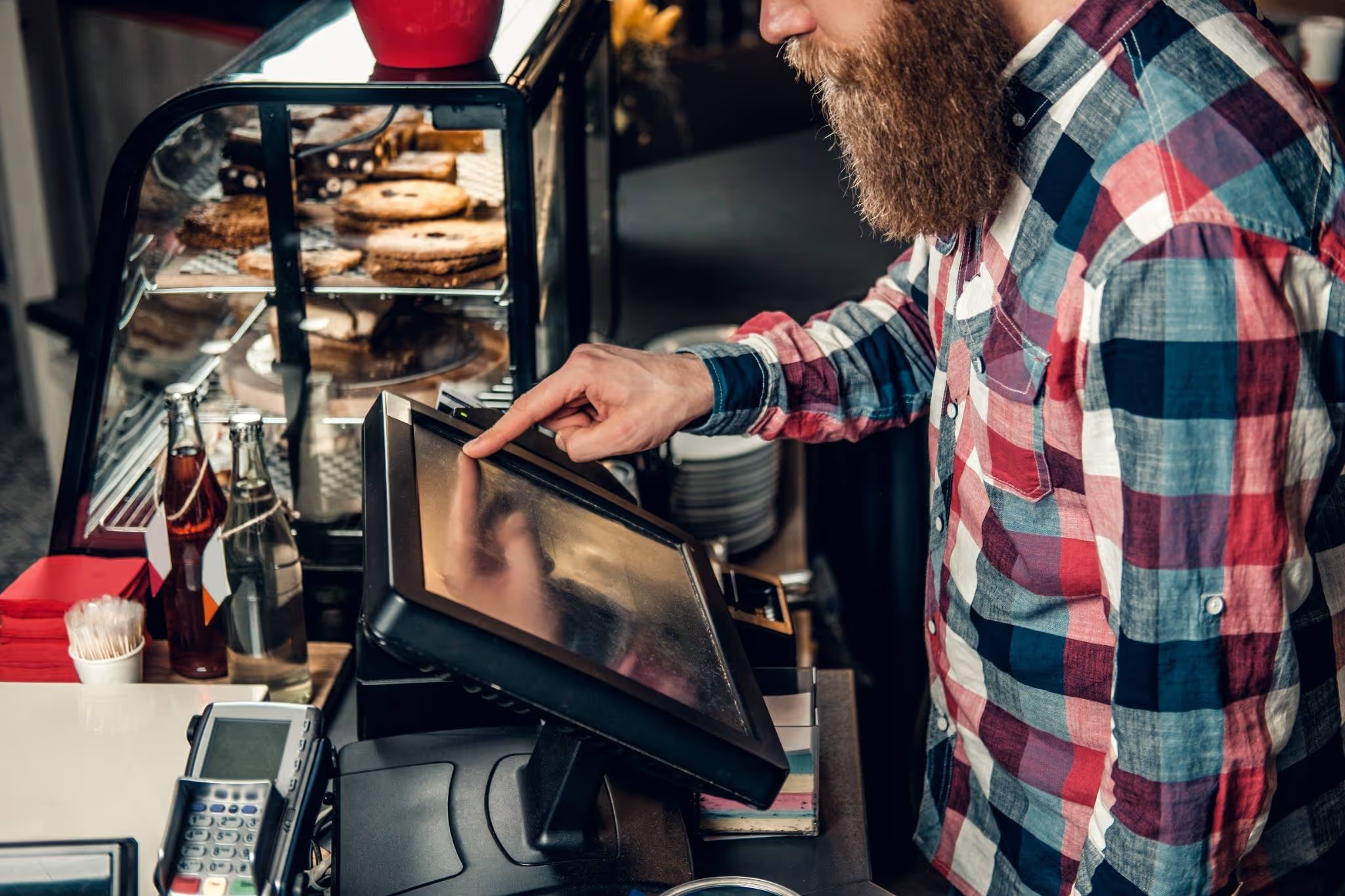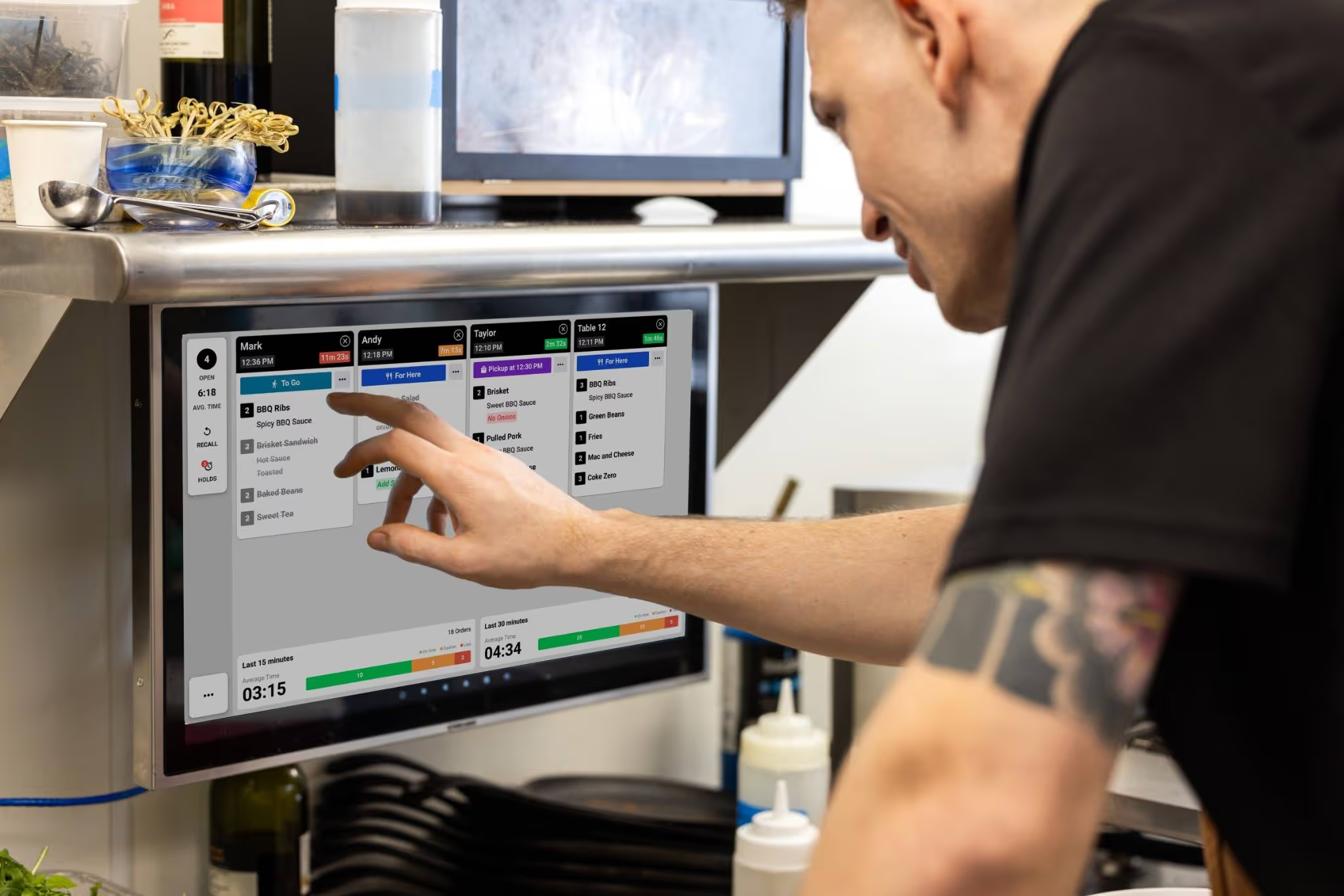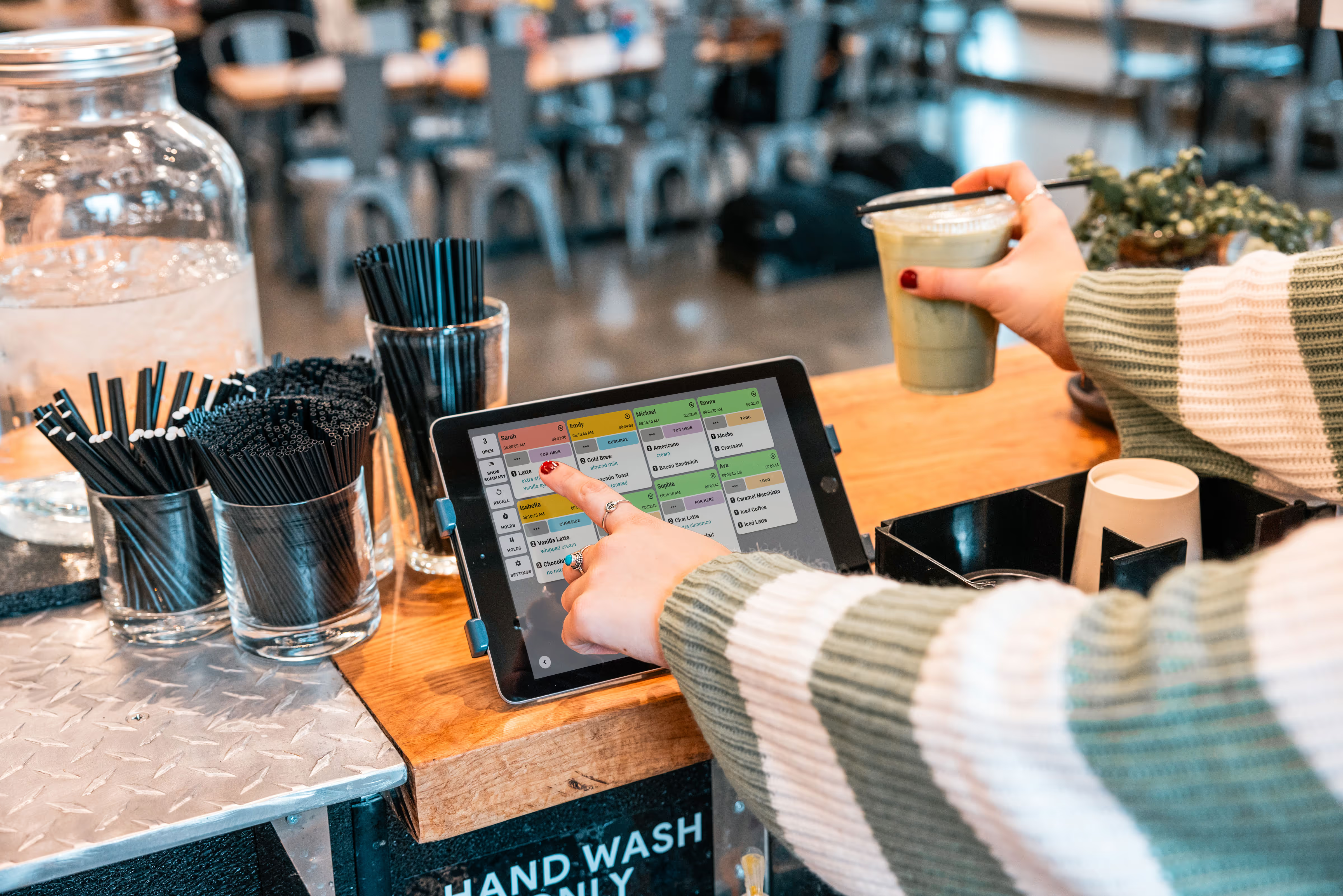In the restaurant industry, terms like point of sale (POS), kitchen display system (KDS), or even third-party delivery integrations are much more common than the phrase "restaurant order management system." In the U.S., "order management system" is not a common restaurant term. However, given the complexity of modern restaurant operations, it's easy to see why someone might use this phrase to describe the tools restaurants rely on to keep orders organized and flowing smoothly.
In this blog, we'll break down what people might mean by a restaurant order management system, why it's important, and how restaurants can benefit from technologies that streamline order handling across multiple channels.
What Does "Restaurant Order Management System" Mean?
Although not widely used in restaurant-specific terminology, the phrase "order management system" can refer to a few different technologies that handle the processing of customer orders:
- Point of Sale (POS) System
A POS system is the backbone of most restaurants. It records customer orders, processes payments, and often integrates with other systems like scheduling, payroll, and accounting. In some cases, people may refer to their POS as their "order management system" because it's where orders are first entered. - Kitchen Display System (KDS)
A KDS replaces paper tickets with digital screens in the kitchen. Orders from the POS, online platforms, or delivery services flow into the KDS to help staff track and prioritize tasks. Tools like Fresh KDS streamline communication between the front of house and back of house, ensuring nothing gets lost or delayed. Kitchen display systems are also treasure troves of data that can provide insight into kitchen performance and how many guests may have been negatively affected by slow speed of service. - Third-Party Order Aggregators
With the growth of delivery services like DoorDash, Uber Eats, and Grubhub, restaurants now face the challenge of handling orders from multiple sources. Aggregators consolidate these orders into a single system, reducing errors and saving staff time.
So while "restaurant order management system" isn’t a single piece of software, it often serves as a catch-all term for these critical tools.
Why Efficient Order Management Matters
Modern restaurants juggle a wide variety of order channels:
- Dine-in orders entered directly into the POS
- Takeout orders placed online
- Delivery orders coming from third-party apps
- Catering or bulk orders handled separately

Each of these streams adds complexity to the order flow. Without a streamlined process, restaurants can face problems like:
- Missed orders or lost tickets
- Longer wait times for guests
- Errors in preparation due to confusion
- Frustrated staff trying to juggle multiple systems
A reliable order management system—or more accurately, a combination of POS, KDS, and aggregator tools—ensures all orders are captured, tracked, and delivered correctly.
The Role of a Kitchen Display System (KDS)
When it comes to improving efficiency, a KDS plays a critical role. Instead of dealing with paper tickets, restaurants can use digital displays that:
- Show orders in real time
- Allow staff to mark items as complete
- Prioritize orders based on type (dine-in, delivery, takeout)
- Reduce waste and errors
For example, Fresh KDS features are designed to help restaurants scale smoothly by keeping the kitchen connected with all order channels.

Integrating Third-Party Delivery Orders
The rise of food delivery has added a whole new layer to order management. Restaurants working with multiple platforms may find themselves entering orders manually into their POS, which is both time-consuming and error-prone. That’s where integration tools and aggregators come in.
Solutions like Deliverect or other third-party integrations help unify these streams. This way, orders from Uber Eats, DoorDash, and Grubhub flow directly into the POS or KDS without manual entry.
Building the Right Order Management Stack
Every restaurant’s needs are different, but a modern "restaurant order management system" often includes:
- A POS system for capturing and processing orders
- A KDS for managing preparation in the kitchen
- Aggregator tools for handling third-party delivery platforms
- Reporting and analytics to track performance and identify bottlenecks
Investing in the right stack ensures restaurants can meet customer expectations for speed, accuracy, and convenience.

Conclusion
While "restaurant order management system" isn’t a traditional industry term, it’s a useful way to describe the combination of tools that keep orders flowing smoothly. Whether it’s a POS, a KDS, or a third-party aggregator, each plays an important role in reducing chaos and improving the guest experience.
As restaurants continue to embrace digital transformation, systems like Fresh KDS will remain essential for connecting the dots between front of house, back of house, and the growing number of order channels.
For more insights, check out:
- Why Restaurants Need a KDS
- What is a KDS? The ultimate guide to kitchen display systems
- How to choose a point of sale system
By understanding what a restaurant order management system really means, operators can build a tech stack that supports efficiency, accuracy, and growth.






.png)




.webp)


